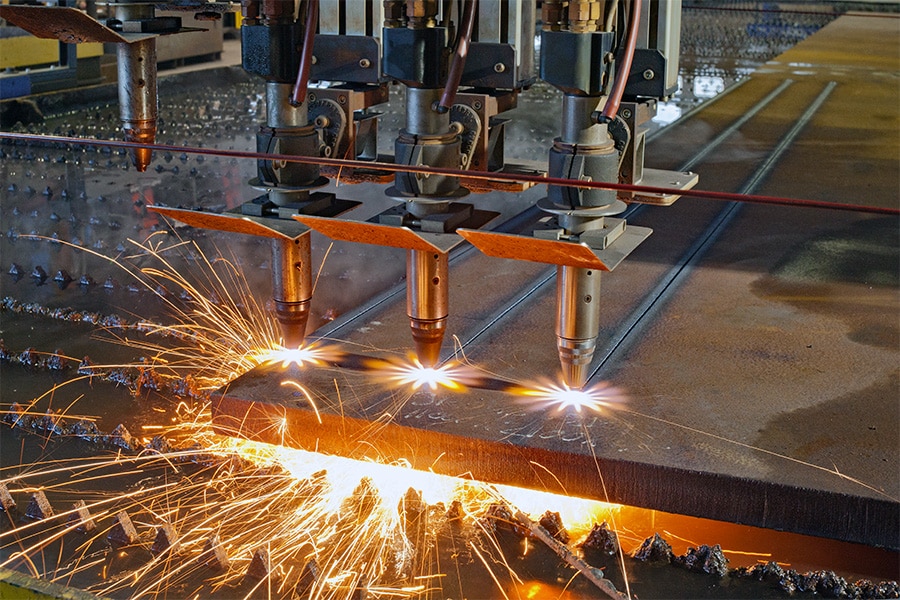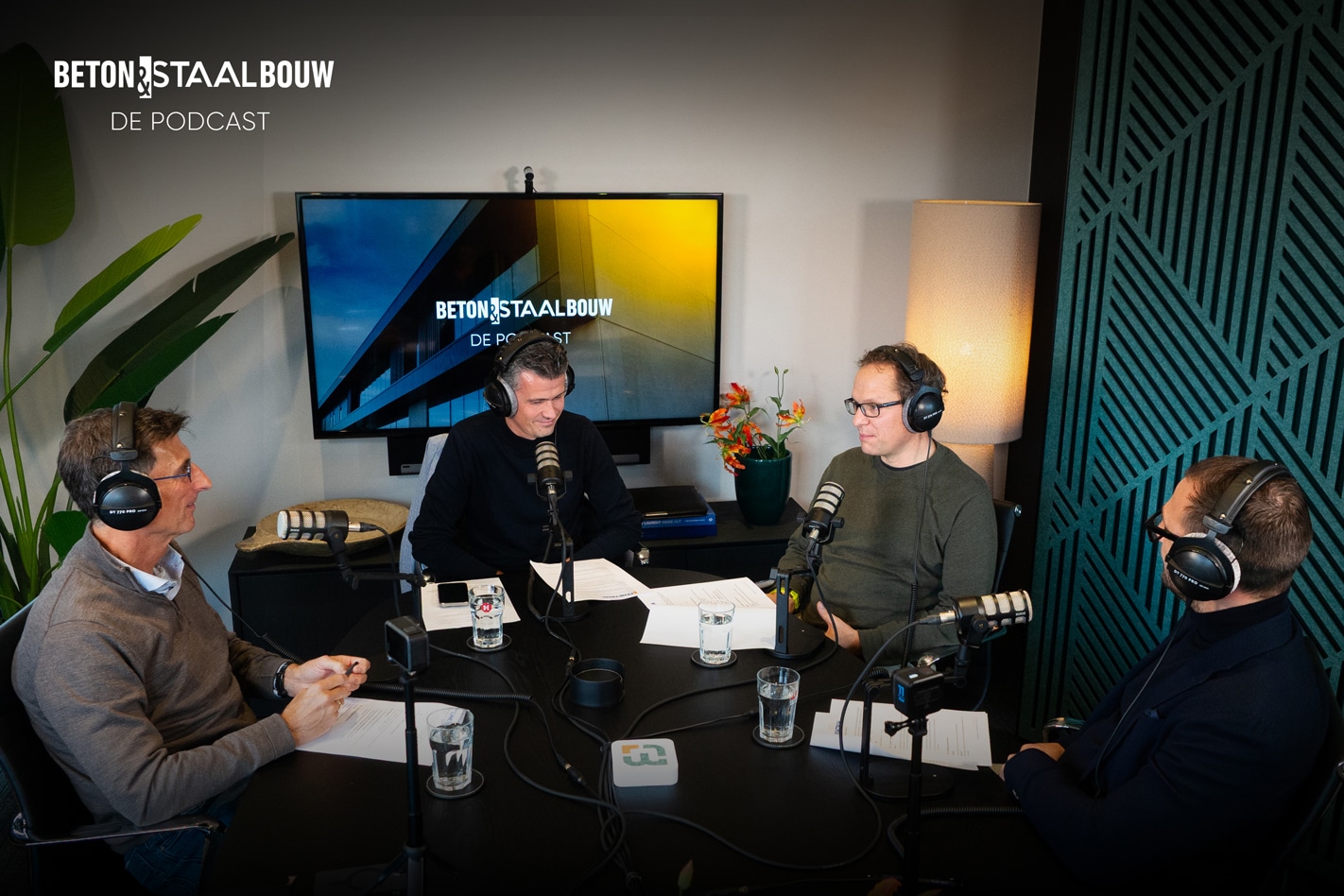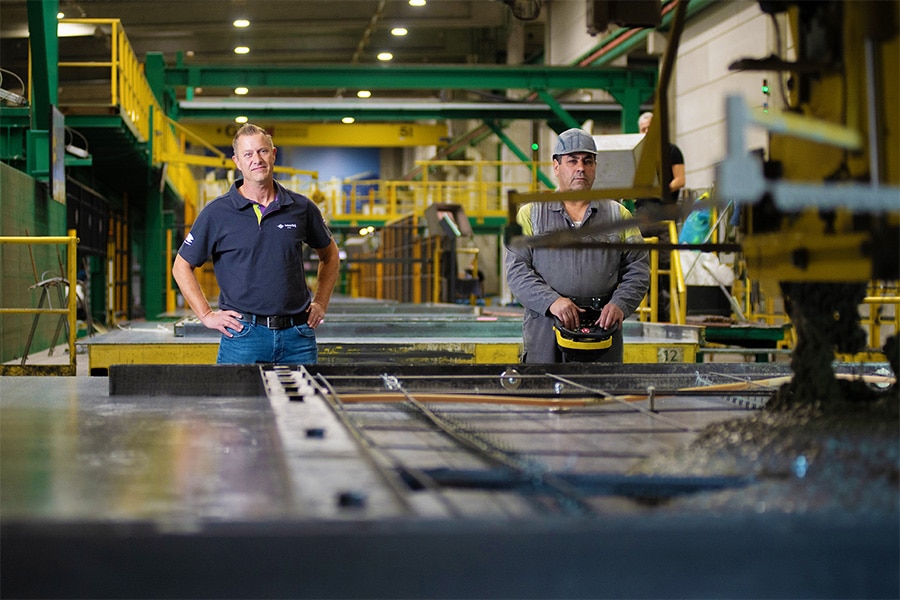
Building to disassemble - The first circular industrial building
In her own testing ground, she built an industrial building that is completely dismountable and remountable. It did require special commitment. For example, even before construction began, the suppliers/partners had to think about what they could do with the parts they supplied when the building is disassembled after use.

With the circular industrial building (600 m²), Nexteria put into practice what is still unknown territory for many building contractors. The project team first sought cooperation with innovative partners: from suppliers to financiers, from tax authorities to government. They shared their knowledge and willingness to really work together. This is how the building came about that can be returned to the circular chain in the highest possible quality after use.
Awareness
The ball got rolling when Luc Baltus, general manager of VDR Bouwgroep discovered that only a few buildings he had completed early in his career were still being used for the purpose for which they were built. Many industrial buildings more than 40 years old had deteriorated into dramatic properties on dreary business parks. "So reasoning on this, we are now also building our current industrial buildings for temporary use," Baltus says. "I didn't know the term 'circular' yet, but it was clear to me at once that we have to change course. We have to build with materials that are reusable."

Circular construction in practice
Change in the construction industry is a tricky thing; the industry is traditional. That's why Baltus went looking for suppliers who wanted to bring his dream to fruition with him. "I invited them to build the first circular industrial building together and put a fair price on the table for their share. This took the idea further than I ever dared to hope. The circular 600 square meters required more energy than 25,000 square meters in the traditional way, but every square inch is now circular."

Take-back guarantee
An essential part of the pilot project is the take-back guarantee. All the materials used are recorded in a building passport and the suppliers have given a take-back guarantee. When the building is dismantled, they take back the building materials at then-current conditions. "The project taught us a lot," Baltus says. "We discovered that many individual suppliers are already much further along than we had thought. And the close cooperation resulted in innovations that were first applied in our building."
"We know the conditions to survive in the commercial market. You either have to be cheap or significantly better or bring a product imposed by the government. VDR Construction Group does not fit into that price-fighting market; we are more in the relationship market and believe in sustainable cooperation. But it won't be long before circular construction is imposed by the government. Now we are leading the way in knowledge and experience. We can explain to governments how construction projects can be returned to clean lots that will again provide space for new construction: housing, industry, city parks or other uses. We can explain to clients how the materials used will soon be usable again to the maximum extent for new projects."



